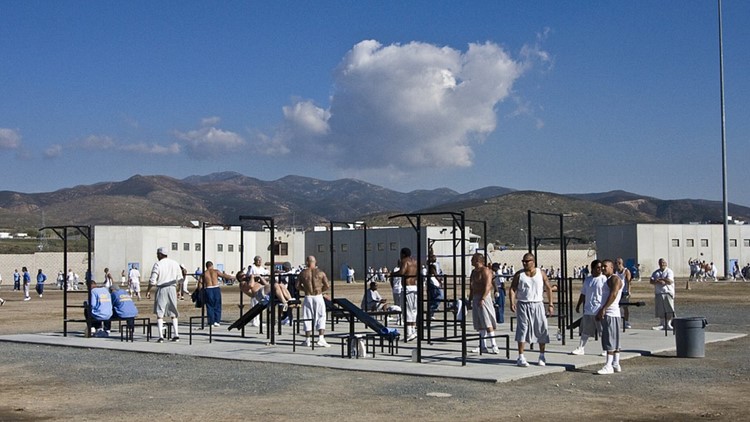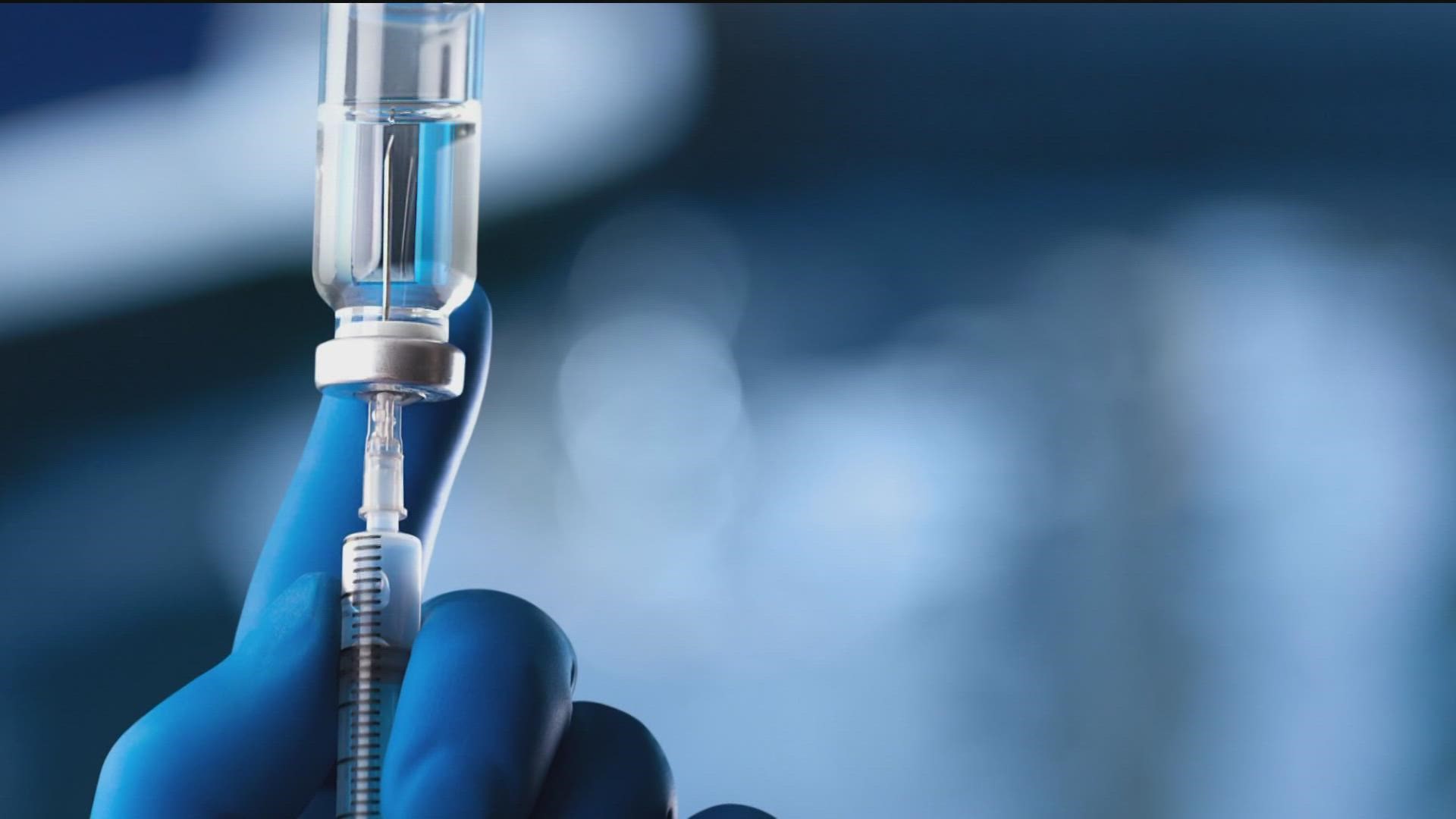SAN DIEGO COUNTY, Calif. — This is the second of a two-part investigation into how the prison system responded to the COVID-19 pandemic and what led to the deaths of 18 people at Donovan state prison in San Diego.
He died on Christmas Day, four months shy of his first parole hearing after more than 20 years in prison.
Earlie Paton was incarcerated at Richard J. Donovan Correctional Facility in Otay Mesa when he tested positive for COVID-19 in December. His breathing grew shallow, so the prison sent him to a nearby hospital.
The 67-year-old’s condition only got worse over four days at UC San Diego Medical Center. He chose to withdraw from treatment and died the next day.
Paton’s family says they weren’t told about his death for about a month.
Two of his siblings, Byron Porter and Candice Fleming, said they were shocked to learn the news. Their brother was scheduled for a parole hearing in April. They were looking forward to his possible release.
“They didn’t tell us he was sick. They didn’t tell us nothing,” Porter said, calling the death an “injustice.”
The state corrections department said it notified Paton’s registered next of kin within 72 hours of his death, and those not on the list wouldn’t be told right away.
Porter maintains that did not happen and his siblings should have been contacted while their brother was alive so they could have said goodbye.
Paton was one of 18 people incarcerated at Donovan to die from COVID-19 during a winter outbreak. The prison is among the most deadly in the state: It is tied for the third highest death count from the virus. Roughly 30% of people serving sentences there have contracted COVID-19 during the pandemic.
The deceased were as young as 48 and as old as 83. More than half were Black, Hispanic or Native American. At least 14 had underlying medical conditions. Three were found unresponsive in their cells, while others were taken to hospitals before their deaths.
inewsource interviewed the families of five inmates who died. Their stories had one thing in common: No prison officials alerted them their loved ones were seriously ill until after their deaths.
California Department of Corrections and Rehabilitation spokespeople have refused to provide reporters with any specifics about the inmates’ illnesses or deaths, citing health privacy laws like HIPAA. The details included in this story were gathered from an extensive review of San Diego County medical examiner reports, legal proceedings, death certificates and interviews with the people close to those who died.
Together, they reveal a disturbing picture of a prison system that prioritizes privacy over transparency in life and death.

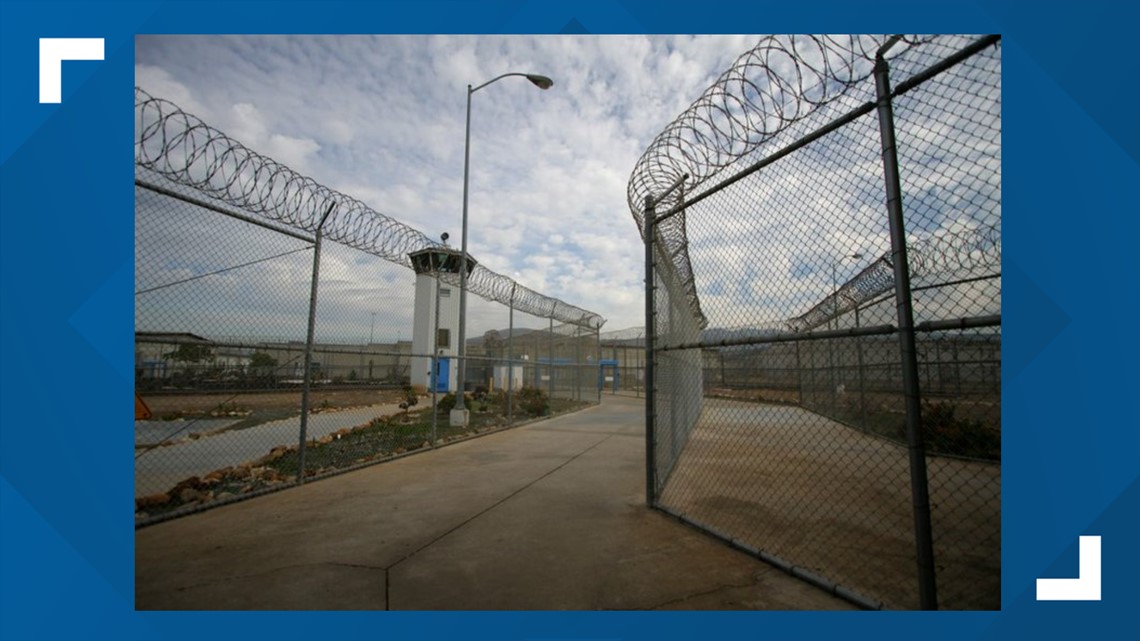
A third of the prisoners who died weren’t diagnosed with COVID-19 until they were taken to a hospital, despite federal guidance around frequent virus testing. Six withdrew from treatment while hospitalized, yet some of their families say they still weren’t told their loved ones were near death. And the relatives of four incarcerated men said once they were notified of the deaths, the prison refused to answer many questions about medical care or conditions inside the facility.
“It’s a dereliction of duty,” said Sharon Dolovich, a UCLA law professor and director of a national project that tracks COVID-19 in jails and prisons, when learning of inewsource’s findings. “It’s gross inhumanity. And it just reflects the system that does not see the people in its custody as human beings who have family members and loved ones.”
The corrections department is supposed to inform emergency contacts when an inmate becomes seriously ill. But because of safety and security concerns, a spokesperson said, it doesn’t always follow that policy when someone is transported to a hospital.
Marcus Pollard, the warden at Donovan prison, declined multiple interview requests through a spokesperson.
“This American obsession with medical privacy and with HIPAA becomes this blanket that hides all matters of atrocities that are happening under the guise that you’re protecting the privacy of the patients,” said Hadar Aviram, a criminologist and professor at the UC Hastings College of Law in San Francisco.
“The inhumanity is shocking,” she added.
Life-saving measures
Donovan inmate Elmer Lee, an Army veteran who served in Vietnam, was hospitalized twice in the month before his death. The prison didn’t tell his son until after Lee opted to withdraw from treatment and died.
Robert Lee spoke with his father about a week before his death. He said the 74-year-old was in great spirits, despite his leukemia and other ongoing health conditions. When he got a call from the prison with the news, he said he was “dumbfounded.”
He thinks his father would have wanted to speak with him before transitioning to do not resuscitate status.
“I knew he was having the medical issues, but it was like running into a wall in a dark room,” Lee said.
Elmer Lee died of cardiovascular disease, with COVID-19 as a contributing factor.
“To find out he passed away, it just floored me,” his son said.
Lee was serving a life sentence with the possibility of parole for sexual abuse of a child under 14 and other related offenses.
The prison system’s process for notifying the family of inmates when they become gravely ill or die can be convoluted and bureaucratic.
Inmates are asked to update a form annually with emergency contacts who are supposed to be notified of any serious illnesses and injuries, as well as after death. But a state prison spokesperson said families aren’t told when their loved ones are taken to a hospital, though exceptions are made if a medical surrogate is needed.
After learning of his father’s death, Robert Lee faced months of confusing phone calls to try to collect any remaining personal items, which he still hasn’t received. He also wasn’t prepared to pay the almost $1,000 in cremation costs for his father’s remains — something advocates argue the prison system should pay for — and had to set up a monthly payment plan with the funeral home.


The one thing Lee wishes the prison system had done differently was given him a chance to say goodbye to his father.
“What would have been nice is being able to talk to him while he was in the hospital,” his son said.
Staff at each of California’s 35 adult prisons are tasked with notifying next of kin within 72 hours of an inmate’s death, according to the department’s 840-page operations manual. A spokesperson said that protocol was followed for all those at Donovan who died from the coronavirus.
Lee was told about his father’s death the same day it happened. In cases where family members aren’t registered as emergency contacts, it can take much longer.
The prison system says it uses all resources possible to track down a contact when none is listed. If it can’t find one, the Medical Examiner’s Office takes over and conducts a search for any possible relatives to give them the chance to collect the remains.
In the case of Earlie Paton, the corrections department didn’t have next of kin information when it notified the medical examiner of his death on Christmas. The office’s investigators began a search for his relatives the next day.
It took two weeks for the office to learn the prison had found Paton’s family, and then another 10 days before learning all of his nine living siblings had been reached.
The state corrections department said the person listed as next of kin in Paton’s records was contacted within 72 hours of his death, but it wouldn’t say who that was. Porter, his brother, believes he was listed as the contact but didn’t find out about Paton’s death for weeks.
When he finally received the call from a corrections staffer about his brother’s death, the news was more confusing than anything. He thought Paton was hundreds of miles away at another institution. Nobody had told him his brother was transferred from Corcoran state prison in Central California to Donovan in October, two months before he died.
The corrections department wouldn’t explain why Paton was transferred in the middle of the pandemic, despite federal guidelines discouraging the movement of prisoners between facilities to curb the spread of COVID-19.
“He has a son, a family that cared about him, a family that loved him,” said Fleming, Paton’s sister. “We just want to know what happened to our brother.”
Paton was sentenced to life in prison in 1998 for two counts of indecent exposure with prior felony convictions. His family felt the prison system punished him for his mental illness, called exhibitionism, which involves showing one’s genitals to nonconsenting people.
Prison officials had disciplined Paton 10 times for indecent exposure since 2016. In September, the state extended his sentence by eight months because of the offenses. Paton also had a previous conviction for indecent exposure in Los Angeles County, which resulted in a two-year prison term.
“They’re doing those prisoners so terrible,” Fleming said. “It needs to be totally reformed.”
A death sentence
Federal guidelines encourage prisons to perform widespread testing during COVID-19 outbreaks so they can isolate those who are sick, prevent future infections and ensure the ill get the care they need.
At the height of Donovan’s winter outbreak, more than 700 incarcerated people contracted the virus, one of the highest infection rates across the state at the time.
Corrections officials maintain that inmates were tested at the prison weekly in December and January. But six Donovan prisoners who died during the outbreak weren’t diagnosed with COVID-19 until they were transported to the hospital, according to medical examiner reports.
No available records suggest any of them were tested before being hospitalized.
One of them, 56-year-old Paul Martinez, was sick for six days at Donovan with some of the most common COVID-19 symptoms — shortness of breath, fever and coughing. Records show the diagnosis came at the hospital, when he arrived with shallow breathing.
Another, Duane Everly, was diagnosed with COVID-19 at Alvarado hospital in early January, where he was sent for care because he was short of breath. Doctors provided the 51-year-old with oxygen and medication, but it didn’t work. Everly died on Jan. 7.

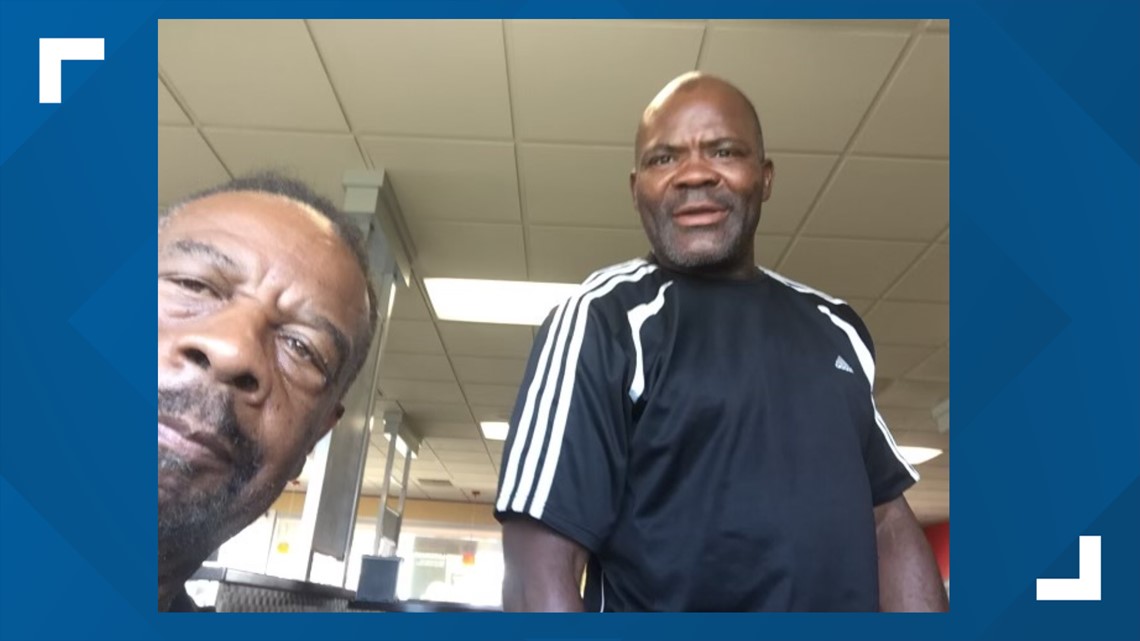
His uncle, Darnell Everly, said the prison told him his nephew started complaining about COVID-19 symptoms in the few days before he died.
“That’s what got me curious,” he said, explaining he thought the symptoms took longer than that to manifest. But the Donovan employee he spoke with would tell him little about his nephew’s medical condition and would not say how many others at the facility were infected.
Lawyers at the Prison Law Office, which represents inmates at California correctional facilities, were able to access Everly’s medical records. In a court filing, they say prison doctors ordered COVID-19 tests for Everly three times in December, but none were performed.
The law office reviewed medical records for more than 20 Donovan inmates and concluded “the prison had many, perhaps hundreds of orders for COVID-19 testing in December that had apparently not been done, timely or otherwise.”
The corrections department has denied in court filings issues with access to coronavirus tests.
Everly was one of at least seven Donovan inmates to die from COVID-19 who had their prison terms lengthened under California’s three strikes law, which mandates long sentences for those with previous violent or serious felony convictions.
The Arizona native lived in group homes throughout his childhood. He was medicated for auditory hallucinations by the time he was 10. By 18, he was bouncing between the streets and staying with his grandmother in Pomona.

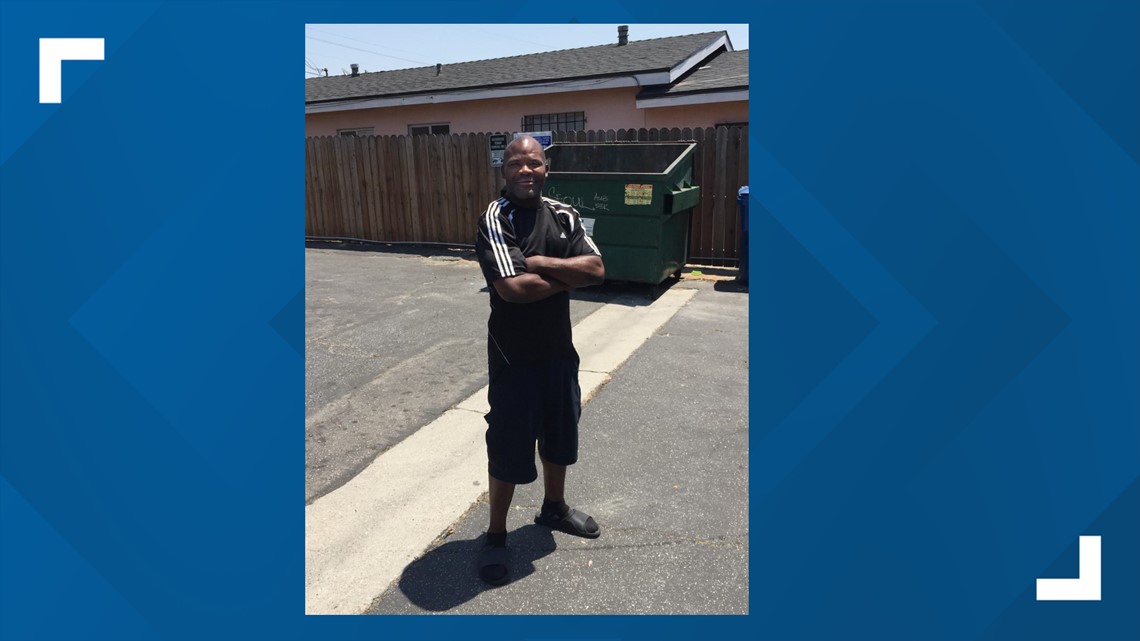
That’s when he committed his first strike offense, in 1987, when he stole a woman’s purse. He was convicted of second-degree robbery. Everly didn’t face another serious conviction until 2019, when he faced two counts of assault with intent to commit a sex offense.
His defense attorneys said he was offered an eight-year deal but maintained his innocence and wanted to go to trial.
When he was convicted, they argued that because more than 30 years had passed since his first strike, he should receive a lighter prison term. They were stunned when the judge sentenced him to 29 years — far longer than they had seen other clients receive in more serious cases.
“He needed help, not to be put in prison where he was ultimately given a de facto death sentence,” said Dan Kapelovitz, a Los Angeles criminal defense attorney who represented Everly in the trial.
Everly’s family is holding a service for him Friday in Phoenix. His father’s grave will be opened so that his ashes can be spread on top.
Kapelovitz kept in touch with Everly as he continued to appeal his sentence. He and his co-counsel, Ted Batsakis, still remember Everly’s kindness and sense of humor. They said he never showed any signs of a violent temperament.
“The man was willing to do his time,” Batsakis said. “And God willing, he would have done his time and gotten out, maybe had a few years left to live a good life as best as he could. That’s the sad part here.”
Among the dead
The Donovan inmates who died from COVID-19 were incarcerated on a range of charges. Some were serving time for high-profile cases that spawned documentaries or books.
After a heated trial, Robert Peernock, an 83-year-old from Los Angeles, was imprisoned for the murder of his estranged wife and attempted murder of his daughter in 1987. Leon Martinez, 48, was convicted in a cold case murder solved in 2006 with the help of new DNA technology.
Samuel Baca Duran was sentenced to life without the possibility of parole for murdering his ex-wife in 2001. He died in Alvarado hospital’s intensive care unit on Dec. 27.
Donna Duran, the couple’s daughter, said it took time for her to process her father’s death. She hadn’t seen or spoken to him since his sentencing but agreed to collect his remains and have him cremated.
“It’s complete closure,” she said.
Regardless of their crimes, advocates and public health experts contend prisoners did not have to die from COVID-19.

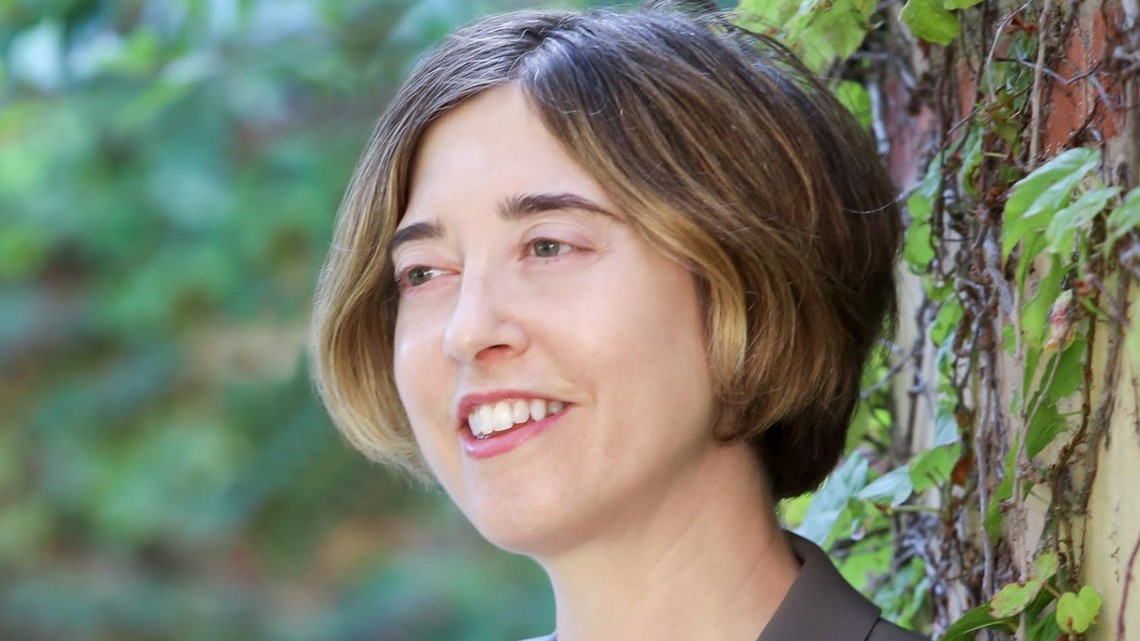
Dolovich and her team at UCLA have spent the pandemic tracking down data on COVID-19’s impact in detention centers, hoping to help prevent similar outbreaks in the future. They publish a scorecard rating the transparency of correctional facilities across the U.S. and the ease of access to COVID-19 data. California’s prison system scored a C.
“What’s come out during the pandemic is the way in which corrections officials are somehow confused and think that the information about what happens in the prison is proprietary to them,” Dolovich said.
“Prison officials are not sovereign,” she added. “They are public servants.”
inewsource intern Kate Sequeira contributed to this story.
inewsource is a nonprofit, independently funded newsroom that produces impactful investigative and accountability journalism in San Diego County. Learn more at inewsource.org.
WATCH: Why are so few San Diego County jail inmates vaccinated?


